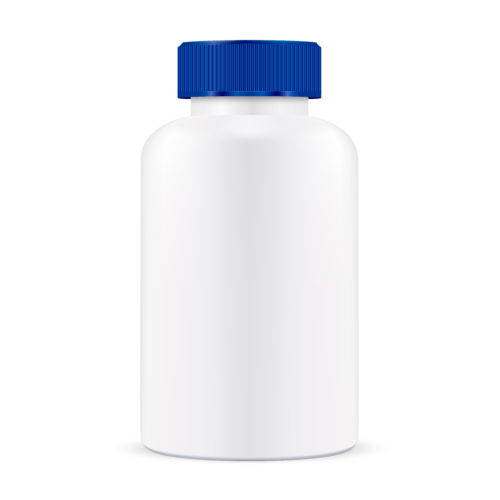0
Cart
Filter Products

BPC-157
BPC-157 is a synthetic peptide composed of 15 amino acids. It is derived from a larger protein called body protection compound, which is found in the gastric juices of humans...

CJC-1295
CJC-1295 is a synthetic peptide that acts as a growth hormone-releasing hormone (GHRH) analog. It is often used in the field of sports medicine and bodybuilding as a performance-enhancing drug...

Dihexa
DIHEXA (also known as N-hexanoic-Tyr-Ile-(6) aminohexanoic amide) is a synthetic peptide that was originally developed as a potential treatment for Alzheimer's disease.

Epithalon
Epithalon (also known as Epitalon or Epithalamin) is a synthetic peptide that is composed of four amino acids: Ala-Glu-Asp-Gly. It was originally isolated from the pineal gland of cattle, but...

Ipamorelin
Ipamorelin is a synthetic peptide consisting of five amino acids that belongs to the class of growth hormone secretagogues (GHSs). It acts as a selective agonist of the ghrelin receptor...

Melanotan II
Melanotan 2 (MT2) is a synthetic peptide analog of the naturally occurring hormone alpha-melanocyte-stimulating hormone (α-MSH). It is a potent agonist of the melanocortin receptors (MC1R, MC3R, MC4R, and MC5R)...

MOTS-c
MOTS-c (Mitochondrial Open Reading Frame of the 12S rRNA type-c) is a small peptide that is derived from a mitochondrial protein. It was first discovered in 2015 and is still...

Oxytocin
Oxytocin is a hormone that is produced naturally in the hypothalamus and released into the bloodstream via the pituitary gland. It is commonly referred to as the "love hormone" or...

PT-141
Bremelanotide PT-141 was developed from the peptide hormone Melanotan II for aphrodisiac effects. Bremelanotide PT-141 effects sexual function via interaction with the hypothalamus. Its usage has been found to induce...

Selank
Both Selank and Semax are melanocortins and have pleiotropic effects involved in brain health and function. Selank by itself has traditionally been prescribed for anxiety and depression.

Semax
Both Selank and Semax are melanocortins and have pleiotropic effects involved in brain health and function. Selank by itself has traditionally been prescribed for anxiety and depression.

SS-31
SS-31 is a class of cell-permeable small peptides, which selectively resides on the inner mitochondrial membrane and possesses intrinsic mitochondrial protective capacities.

Thymosin Alpha-1
Thymosin Alpha-1 (Tα1) is a small protein peptide consisting of 28 amino acids. It is a naturally occurring molecule found in the thymus gland, where it was first discovered, and...
